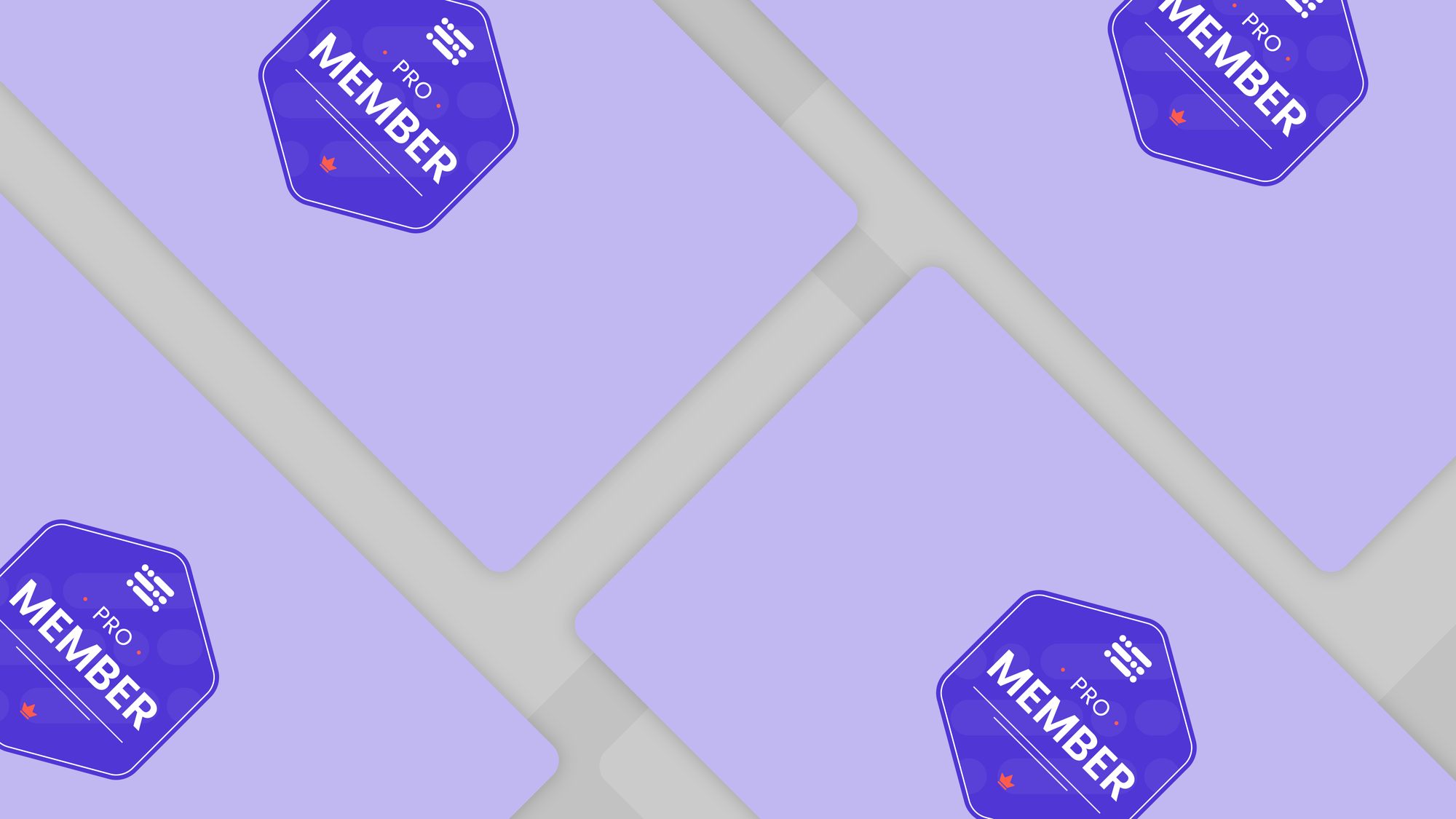When marketing to developers, or any other audience for that matter, you should take a few things into account.
Think of it as a list of to-dos and must-haves to complete in order to achieve the goals you set out at the start – and a list of don’ts so you stay on track at all times!
Take a look at ours. 👇
- DO create developer personas
- DON’T focus on selling
- DO create products that solve a problem
- DON’T have fluff
- DO choose a community-centric approach
- DON’T use traditional marketing tactics
- DO analyze the performance of your campaign
- DON’T make assumptions
- DO ensure ease of access
DO create developer personas
Understanding your audience is a must in developer marketing. There are so many different types of developers, and because this is a fragmented audience – you’ll need to know their specific pain points and needs to be successful in your marketing efforts.
Creating user and buyer personas can help with this, since it lets you target the right segment. They can give you insights into your audience’s preferences and habits, as well as allow you to build personalized messaging and content.
Building developer personas can be time-consuming (and it’s important to get it right) – luckily, we’ve got you covered. As part of our membership plan, we offer lots of templates and frameworks to make your day-to-day life that much easier, including persona templates.

DON’T focus on selling
Focus on adding value to your audience. Developers are resistant to traditional marketing strategies, so stay clear of obvious selling tactics and choose to empower devs instead. For example, if you’re offering them a chance to demo your product, you don’t want to call them as soon as they sign up.
In developer marketing, a slow burn approach is much more effective, especially if you educate developers and provide them with value.
Your ultimate goal may be to increase product adoption, but the same isn’t true of developers. Their goal will be to see whether your product is a good fit for them and whether it solves a problem they have.
Always keep that in mind when interacting with devs.
DO create products that solve issues
While this is an obvious point, it’s worth emphasizing it! Developers, like any other customer, want the product they buy or use to provide them with a solution to their problems.
To achieve this, think about who’s going to be using the product, prototype or demo it, test it, and implement any dev feedback you receive as well. This way, you can be confident that your product meets a need and there’s actually an audience for it.
Developer feedback is one of the most important things you can get when designing and building a software product or tool, since it allows you to tweak it as you go and get it right the first time around.
DON’T have fluff
When creating content for developers, from product documentation to tailor-made messaging, you should cut down all fluff and stick to the facts only.
This is because developers don’t tend to gravitate towards flowery language or content that takes forever to get to the point – this means the language you use should also be straightforward.
On top of this, your tone of voice should be consistent across all platforms, documentation, social media, tutorials, and other key content pieces.

DO choose a community-centric approach
Developer communities are incredibly important, as they provide a huge array of benefits you don’t want to miss out on – including providing you with the opportunity to gain your audience’s trust, which is huge in this industry.
In addition, you can see a boost in brand awareness, get the chance to forge relationships with developers, tweak and improve products before they go live, strengthen your brand’s story with testimonials and case studies, implement a developer advocate program, and so much more.
However, a community-centric approach doesn’t just benefit you as the marketer. As we said, adding value to the developer should be at the top of your list, and the good thing about investing in dev communities is that you’re also supporting devs who may repay you with invaluable insights and feedback, and help you boost your product adoption figures.
Make sure you’re active in the community (whether it’s one you built yourself or an existing platform), actively listen to devs, support open-source projects, be inclusive, recognize people for their efforts, etc.
You can read more about this topic in our guide to developer communities.
DON’T use traditional marketing tactics
As mentioned above, devs don’t respond well to traditional marketing strategies, which is why developer marketing is important.
After all, developers are a unique audience. They’re always looking to learn; they prefer a hands-on approach where they can trial a product to better understand its pros and cons, for example; and they’re a fragmented community, as there isn’t a single platform where devs hang out.
This makes it harder to create targeted campaigns, as many marketing tactics simply don’t resonate with developers. To engage developers, techniques like releasing notes for new versions of your product, speaking at a peer level, and providing key documentation are often more successful.

DO analyze the performance of your campaign
You can create the most innovative and brilliant marketing campaign, but if you don’t measure its impact, how do you know it’s actually working? And what the takeaways for future marketing strategies are?
Measuring the success of your marketing efforts is an important step, as it allows you to see the tactics, tools, and decisions that not only work, but also save you money and time.
Metrics are also a way for you to understand which products are stickier with developers, and which features are more popular – which can inform future product design and marketing.
You’ll be able to tell if you’ve accomplished all the campaign’s goals if you keep track of everything as well, something that can also help you get more insights for the future.
DON’T make assumptions
You may think that your product will provide huge benefits to developers, but it’s important not to assume without research or further information. This is because the problems developers are facing may be different from what you believe they’re going through.
Also, you don’t want to assume that your product’s benefits are clear and simple to visualize – effective communication of features, tools, and tweaks is necessary to ensure that devs understand whether your product is for them.

DO ensure ease of access
Make sure there are no barriers of access when it comes to devs using your product, whether you’re providing a free trial or offering a demo. This means you shouldn’t gate access to your product behind contact forms, for example, as developers may drop off without checking whether your product fits their needs.
Make the experience as frictionless as possible, which can help you more easily obtain feedback, test the effectiveness of your product quickly, and increase product adoption faster.
TL;DR
Do everything that makes developers’ lives easier (and provide them with value), while avoiding sales tactics and other more traditional marketing strategies that might work with B2B and B2C audiences.
Join a growing community of developer marketers and stay up to date with the latest in the industry, make new connections, expand your skillset, and so much more!





